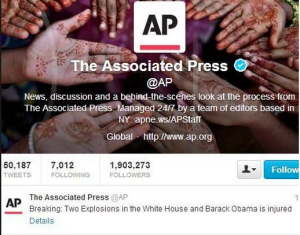It’s no secret that the U.S. Treasury Department is in a war against money laundering. One method of cracking down has been to impose stricter disclosure requirements for owners and beneficiaries of bank and financial accounts, especially offshore accounts. This creates obvious privacy concerns.
While Federal regulators have backed off the most burdensome proposals, proposal that would have required banks to disclose the identities of anyone operating or benefiting from specific bank accounts. Even the less onerous rules that require only self-disclosure by customers raise serious questions over the ability for anone to have or maintain privacy for business or personal reasons.
Privacy and Asset Protection Behind the Corporate Veil
While he specifics are still being discussed, it is likely that a final policy will be enacted by the end of this year. One thing seems clear: Federal Regulators are likely to insist that banks disclose the names of the beneficial owners of business entity bank accounts. At least one version of the rule would require identification of (i) anyone with at least 10% ownership stake in a company, and (ii) managers who oversee operations of the company.
This has major implications for asset protection purposes. Right now, one can gain at least some level of anonymity by using the corporate veil. Increased disclosure seems pointless in light of the fact that the U.S. Treasury Department already obtains information on individuals through tax filings and when people apply for employer identification numbers. The SEC also gets a lot of information on business owners (10% or more) through Form D filings. How much duplicitous information does the Federal government want us to provide? At this point, disclosure requirements are already burdensome for small business owners.
The Federal government obviously needs information in order to combat money laundering, but the proposed rules open a larger debate about the proper use of information, especially as it pertains to privacy and asset protection. In my opinion, privacy is a legitimate component to many asset protection strategies, business deals, and personal financial planning?
The prevalence of frivolous litigation, lawsuits targeted at people and companies with “deep pockets,” and aggressive marketing practices of financial institutions, what additional levels of disclosure should be required at this point? And what forms of protection will that loss of privacy and asset protection leave for individuals and companies looking for legitimate ways to protect themselves from interventional government overreaching and groundless civil lawsuits?
For additional information, see this article from the Wall Street Journal.


 Internal Revenue Code 529 savings plans help families save for the cost of college tuition. Some 529 plans are operated by the States while others are directly operated by educational institutions. All 50 states offer at least one type of 529 plan to help parents (or other relatives) fund the cost of college tuition. Investment and interest returns on 529 plans grow tax free. Qualified distributions for college expenses are likewise tax free. 529 plans generally come in one of two flavors:
Internal Revenue Code 529 savings plans help families save for the cost of college tuition. Some 529 plans are operated by the States while others are directly operated by educational institutions. All 50 states offer at least one type of 529 plan to help parents (or other relatives) fund the cost of college tuition. Investment and interest returns on 529 plans grow tax free. Qualified distributions for college expenses are likewise tax free. 529 plans generally come in one of two flavors:
